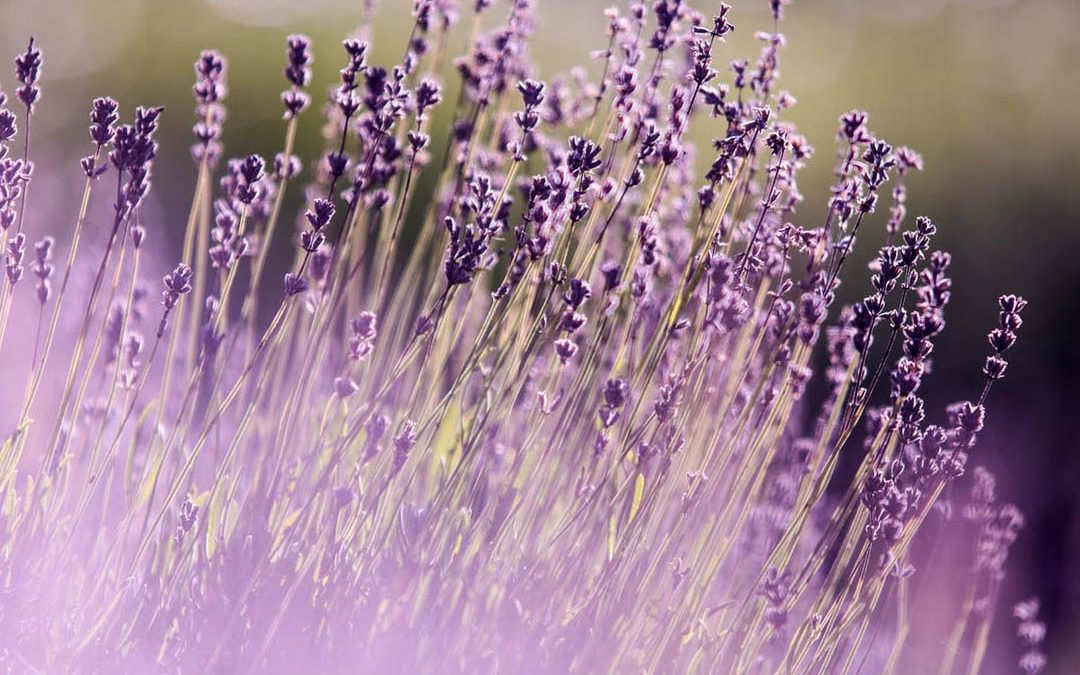
by Herb Exchange | Apr 19, 2018 | Flowers, Miscellaneous |
Inhale something lovely, a sprig of lavender perhaps. What happens? Better yet, open the bottle of perfume your mother always wore. Memories flood in. Why?
Our sense of smell has been vital to our survival. We, in 2018, may not rely on that sense as we once did, but think about it: sniffing food to see if it is still edible, smelling the smoke of an enemy’s fire, detecting the healing properties of herbs through smell.
Our minds are a creation of the inputs coming from our five senses, and our sense of smell has the power to both heal as well as awaken memories. No matter whether it is a plug-in air freshener spraying out a vanilla scent or bath bombs from Scentsy Scent Circle that smells like mangos, it can take us back in time and flood our brain with memories, both good and bad. (more…)
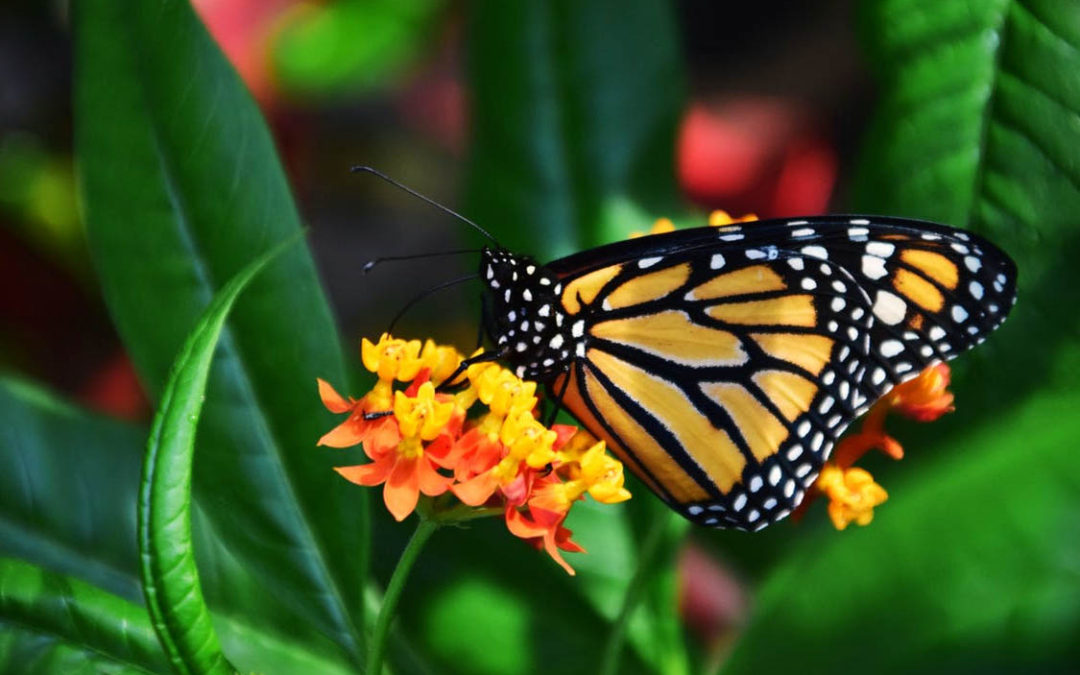
by Herb Exchange | Feb 21, 2018 | Wildlife, Flowers |
Although it won’t be official until mid-March, when the Mexican government releases the winter’s population count, ‘unofficial’ reports are anticipating a rather small migrating population. These unofficial reports are coming from the El Rosario Sanctuary in Mexico (see video example from 2016 at the end of this post); a site that can sometimes be the winter home for over 50% of the entire monarch population in Mexico. Reports and photos show butterflies densely covering approximately 18 trees. That’s good news, but last year, reports were that 50 trees were covered.
That’s not good news, but it is a call to action: PLANT MORE MILKWEED!
We’ve written a lot about pollinators, monarchs, and natives. We think that they are really important, so forgive any redundancy! A few things to keep in mind:
- All Milkweed plants are Asclepias
- Milkweed is the required host plant for monarch butterflies
- Any loss in the population of milkweed means the loss of the monarch population
- We are losing both at an alarming rate
- The biggest threats come from urban development and agricultural intensification
(more…)
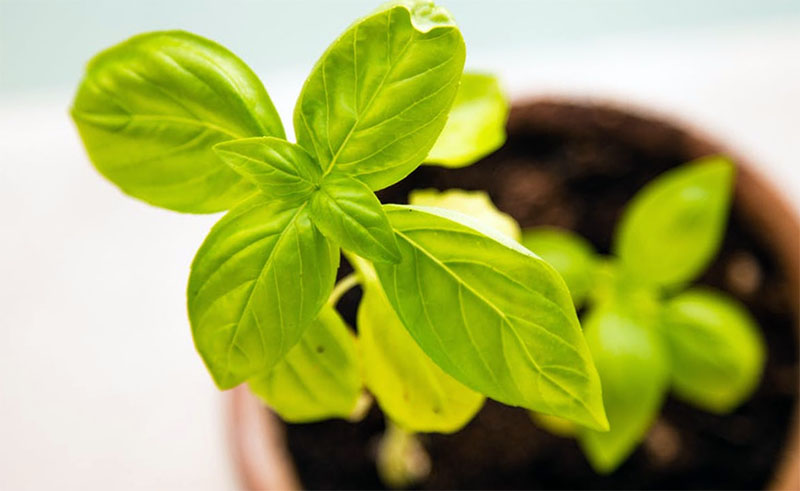
by Herb Exchange | Jan 29, 2018 | Tuesday Tips, Basics, Herbs |
I’ll be the first to admit it: growing herbs indoors is not as easy as growing them outdoors. But, rest assured, it can be done. Since I have a lot of greenhouse space, plenty of light and water and 24/7 attention, I never felt the need to grow them indoors, at home. But, over the years, as your questions about indoor growing became more numerous and specific, I began to grow more and more of them in our bright little ‘life of it’ room (named by my then 6 year old son, who on a cold wintery day, proclaimed that our warm sunny haven was ‘the life of it’) – not sure where that came from, but it stuck. Twenty -three years later, it’s still bright and sunny and filled with herbs ferns, gardenias and a lot of citrus trees and bushes. (more…)
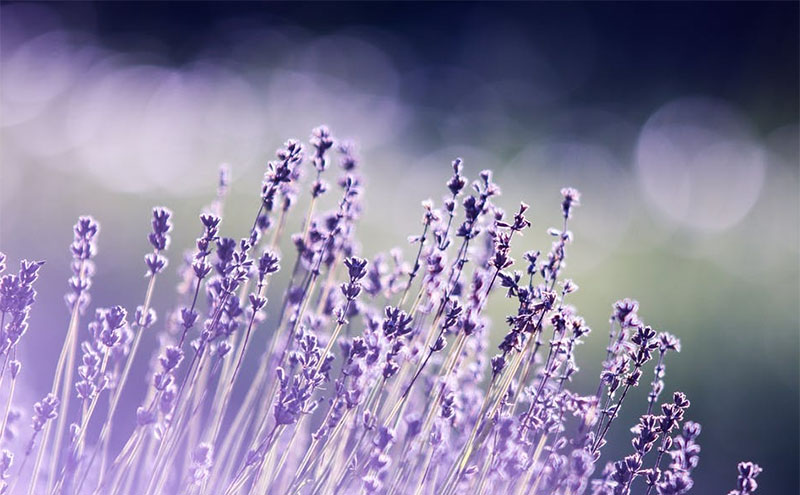
by Herb Exchange | Jan 8, 2018 | Tuesday Tips, Basics, Herbs |
Trying to unravel the tangled web of species under the genus Lavandula is a challenge to event the most accomplished horticulturalist. There is a lot of misinformation out there, so dear customer, please note that there is no such thing as English lavender!
There has been a lot of cross breeding that has resulted in a huge number of cultivars, even creating a bunch of sterile plants that are humorously known as ‘mule hybrids’!
The most widely grown lavender, commercially used for cosmetics and scent, is Lavandula Intermedia. This popular variety is a cross between L. angustifolia and L. latifolia; you will find this variety growing commercially throughout France, as well as in the largest producing country, Bulgaria. Commonly referred to as lavandin, these are extremely hardy plants with long flowering periods. (more…)
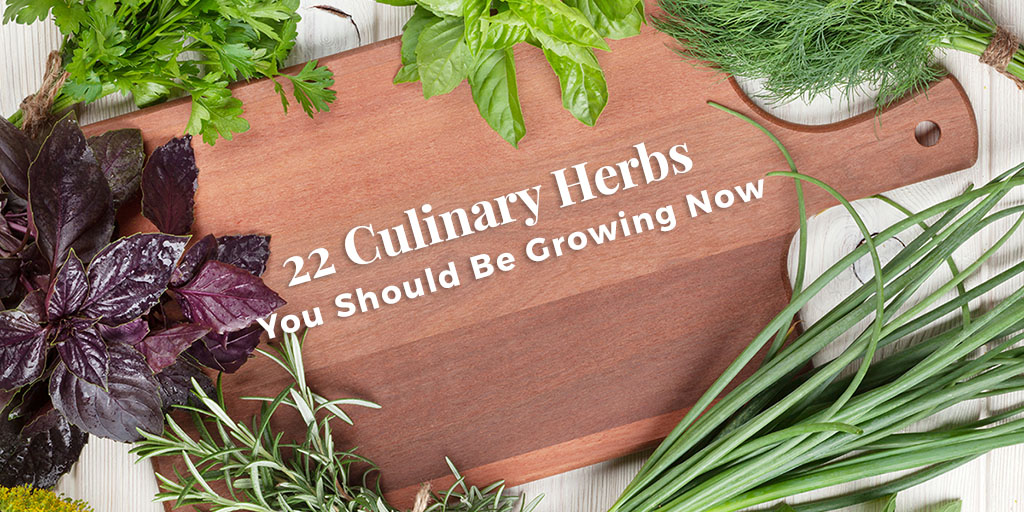
by Herb Exchange | Oct 18, 2017 | Gardening, Basics, Herbs |
22 Culinary Herbs You Should Be Growing Now
Cooler weather is on its way, and for many, the drop in temperature brings with it a pull toward the kitchen and a longing to create the perfect culinary masterpiece. Make sure that your cooking space is well-stocked this year with culinary herbs you can harvest from your own fall garden. And if you’ve never cooked with fresh culinary herbs before, you have no idea what you’re missing! Planting herbs in the autumn months means they will be growing in the cool weather they like best. Instead of scorching in the hot summer sun, your herbs are sure to thrill you with how well they thrive.
Short on gardening space? Culinary herb plants tend to love growing in unique container planters, window boxes or even on balconies. No matter how you manage to find the space, having the right herbs ready for your next foray into cooking can make all the difference. Take time to learn about some must-have culinary herbs that are sure to flourish in your fall garden, those that will grow much better in an indoor container, and herbs that are best harvested in the summer and fall, to be preserved for use during the winter months. (more…)
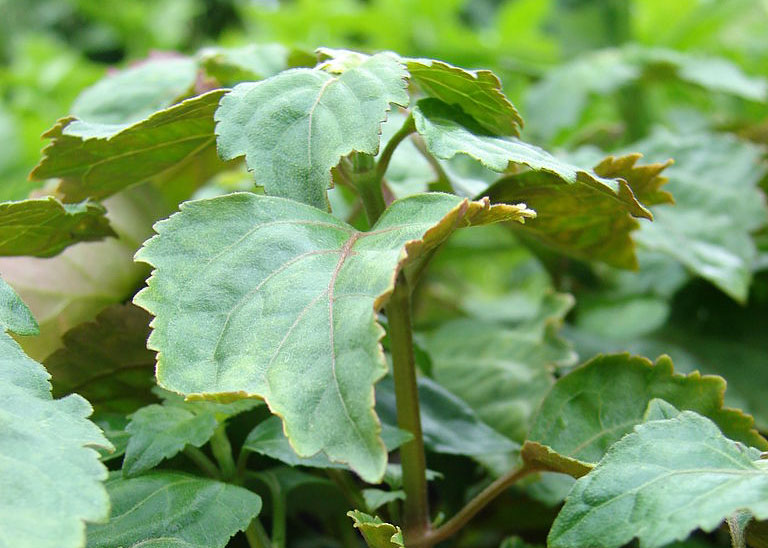
by Herb Exchange | Sep 5, 2017 | Gardening, Basics, Herbs, Indoor Gardening |
Patchouli is a plant species from the Lamianceae family, which also includes lavender, oregano, and mint. Although its scientific name is Pogostemon cablin, this perennial herb is more commonly known as stink weed, pucha pot, or putcha-pat. With so many names comes many uses, and patchouli’s potent aroma is what makes it a hot commodity among herb lovers today. It’s used for everything from aromatherapy to perfume and repellent.
Characteristics of Patchouli
Patchouli is native to Southeast Asia but is now cultivated throughout China, India, and parts of western Africa. It’s one of the bushier herbs and typically features a firm stem and small pale pink flowers. The plant averages two to three feet in length. (more…)






